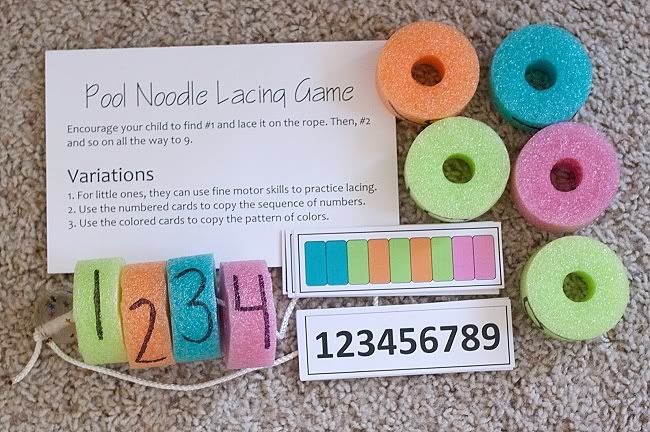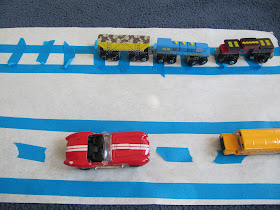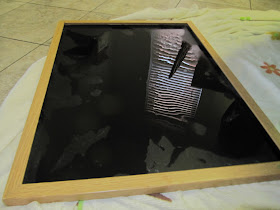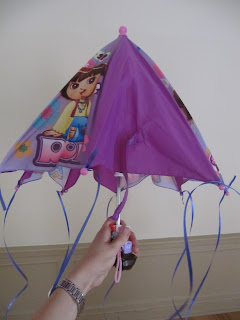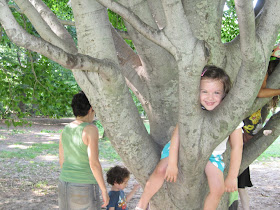Tisha B'Av is this Sunday and it is a day that commemorates the destruction of the two Temples in Jerusalem and the many tragedies that have befallen the Jewish people. It is a day of deep sorrow and mourning. We hope that we can search deep within ourselves to truly mourn for these losses even though they happened so long ago.
Discussing these topics with young children can be tough. Here are some ideas I got from a wonderful article in the Insider Newspaper:
http://www.jtinsider.com/index.php/insider/parenting/teaching_children_about_tisha_bav/:
- For younger children,
illustrate the Temple’s destruction and the feelings associated with it by having them build a temple using blocks,
then have an adult or older child knock it down. That
could spark a discussion about what they are feeling.
Are they angry? Are they sad? Relate their feelings to what the Jews
might have felt when the Temple was destroyed.
For older kids:
-Talk to them about how American
Jews for the most part don’t have to hide
their Jewishness. Then, read books about Jewish families in
different cultures and in different times which
demonstrate how the Jewish people didn’t always feel as
comfortable as they do today.
-According to the Talmud, the major reason why the first Temple was destroyed was idol worship.
Today we too have idol worship, whether it’s
our phones, our houses, our cars. Use this period to talk about what’s
really important to your family.
-The Talmud says the second Temple was destroyed because of baseless
hatred. That theme is very relevant today, even for children as young
as kindergarten age. Use a birthday party as an example and ask youngsters whether they should invite everyone in
their class. Or, if they didn’t invite everyone, what they would do if
someone came anyway.
-You can also tie the concept of loss into contemporary tragic events. Unfortunately there are too many to list.
-Talk
with your children about what they can do to strengthen Jewish life.
To keep your little guys busy while you are fasting and mourning, you may want to try some of these activities that have kept my girls engaged for quite a while:
I bought these at Target and I'm not sure who loves them more, me or the kids
The markers go on your window looking almost clear and then slowly crystallize to get the above effect. So fun and super easy to clean.
Make ice cube boats using ice cube trays or cups. We got this cute tray at Target before July 4th.
Let your kids put these little guys in a water table, bath, or sink full of water and let them watch their boats melt away. Or as my girls did, lick them till they disappeared.
Here are some more home made activities:
Our baby girl still has trouble stringing with flimsy ropes, so we used these items above to help her string the pool noodles. You can find these fun twists at Amazing Savings. They are like thicker and fluffier pipe cleaners.
I stuck wooden dowels (you can probably just use pencils) into a block of foam that came from a UPS package. My girls then placed metal washers over the sticks. This really kept them occupied for a while. WARNING: CHOKING HAZARD. I would only let my little girl play with this under my close watch.
This can also be turned into a math activity like the one seen here:













